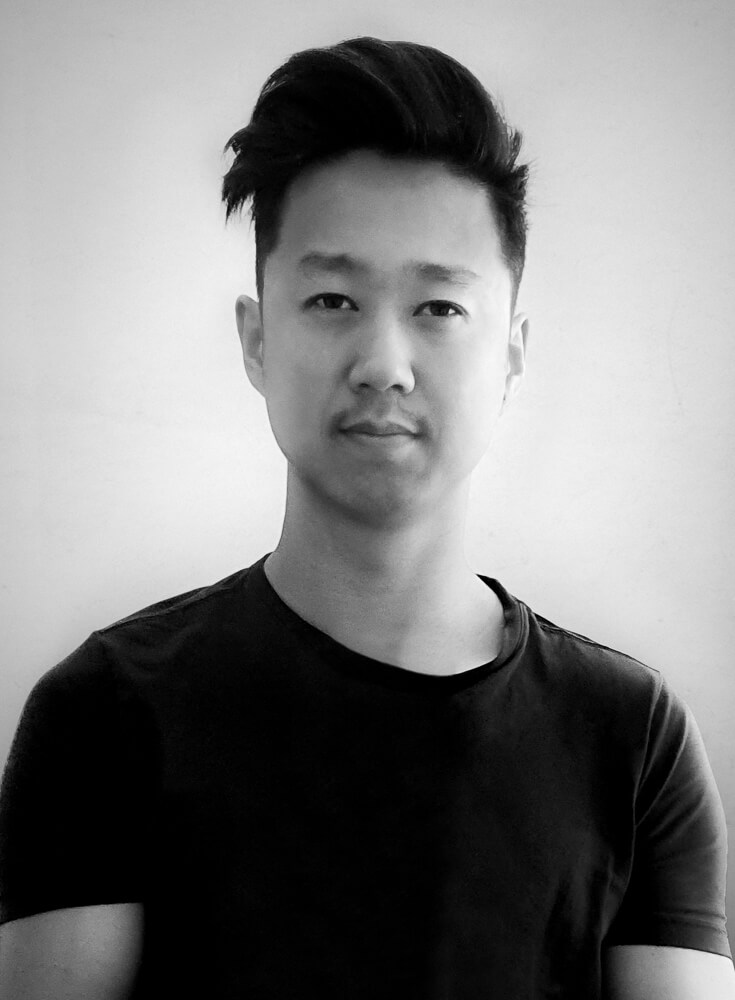My name is Hyun De Grande. I was born in Seoul, South Korea in 1987 and I was adopted to Belgium when I was around 4 months old. I grew up in a small town called Oostkamp together with my parents and my brother, who is also adopted.
At the age of 15, I started studying film and photography at the Art Academy in Bruges, which was my introduction to both artforms. After two more years of studying film at the School of Arts in Ghent, I moved to Brussels in 2008 to specialize in cinematography at the RITCS. I'm still residing in Brussels, and I currently work as a cinematographer in the narrative and commercial fields.
Street photography is a passion to which I love devoting my energy to in between jobs. It's obvious that my cinematography background has heavily influenced my photography style, yet I try to approach things in a different way when I'm taking pictures compared to shooting a movie. It's mainly much more personal because I don't share the creative process with other people, which allows me to explore themes that are closer to myself as a person.
Statement
As a photographer I'm very fascinated by the feelings of loneliness, isolation and/or alienation because they strongly resonate with me personally. Perhaps it can be back-tracked to my adoption, which has created a sense of never really feeling at home anywhere I go, and therefore these emotions have always been a big part of my life.
Esthetically, I'm mainly looking for clear shapes and lines as an arena for my subjects, both coming from light and/or architecture. I feel that the solidity of these shapes enhances the fragility of the people portrayed within these lines. Trapped or lost in a cold and unforgiving environment.
I also love working in a wider frame as it allows me to use that extra horizontal space to evoke emptiness. I find it interesting to utilize the surroundings of my characters to create emotional context, even when these surroundings are blank or abstract. I use a 2:1 ratio on all of my photographs, which stems from my cinematography background.
